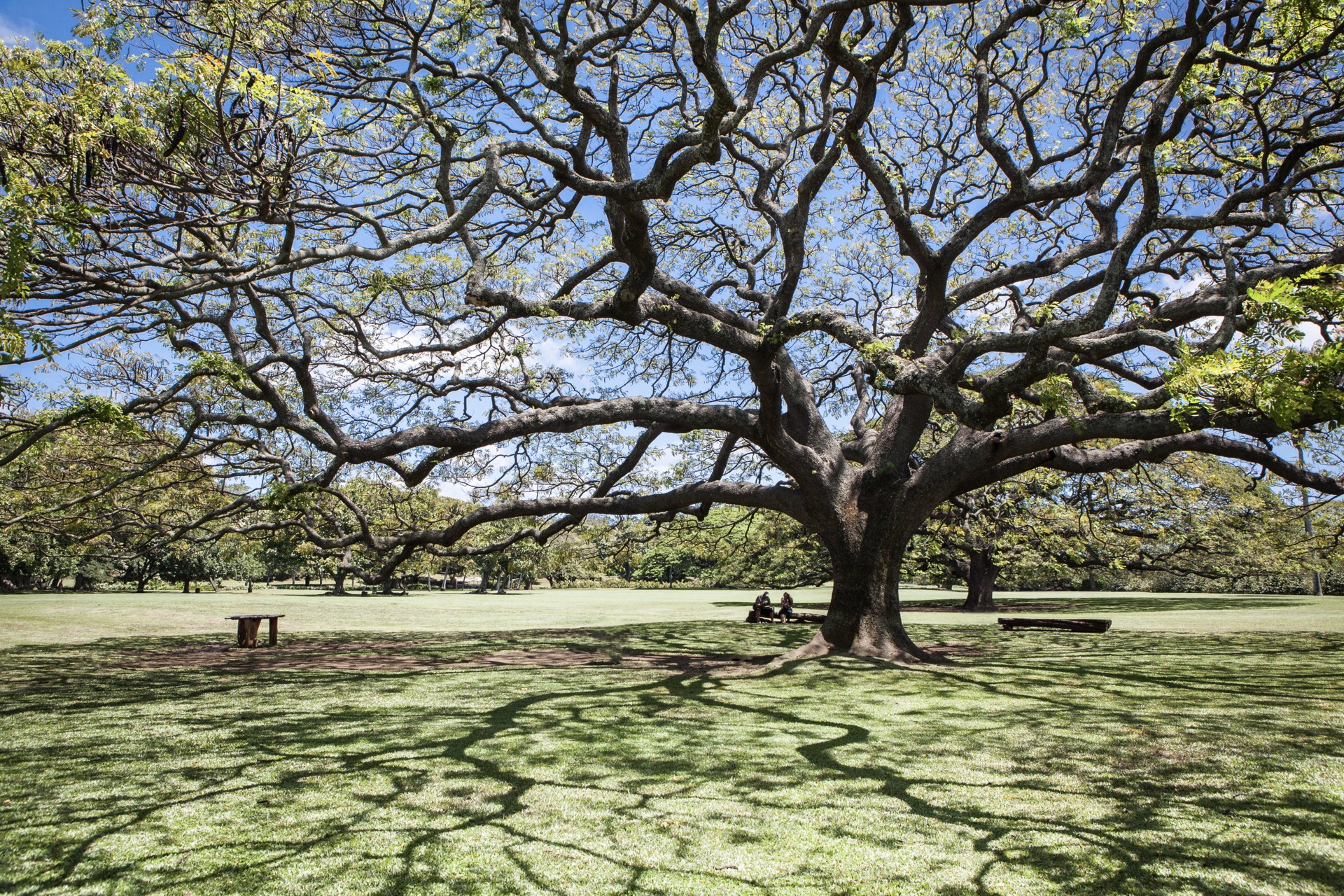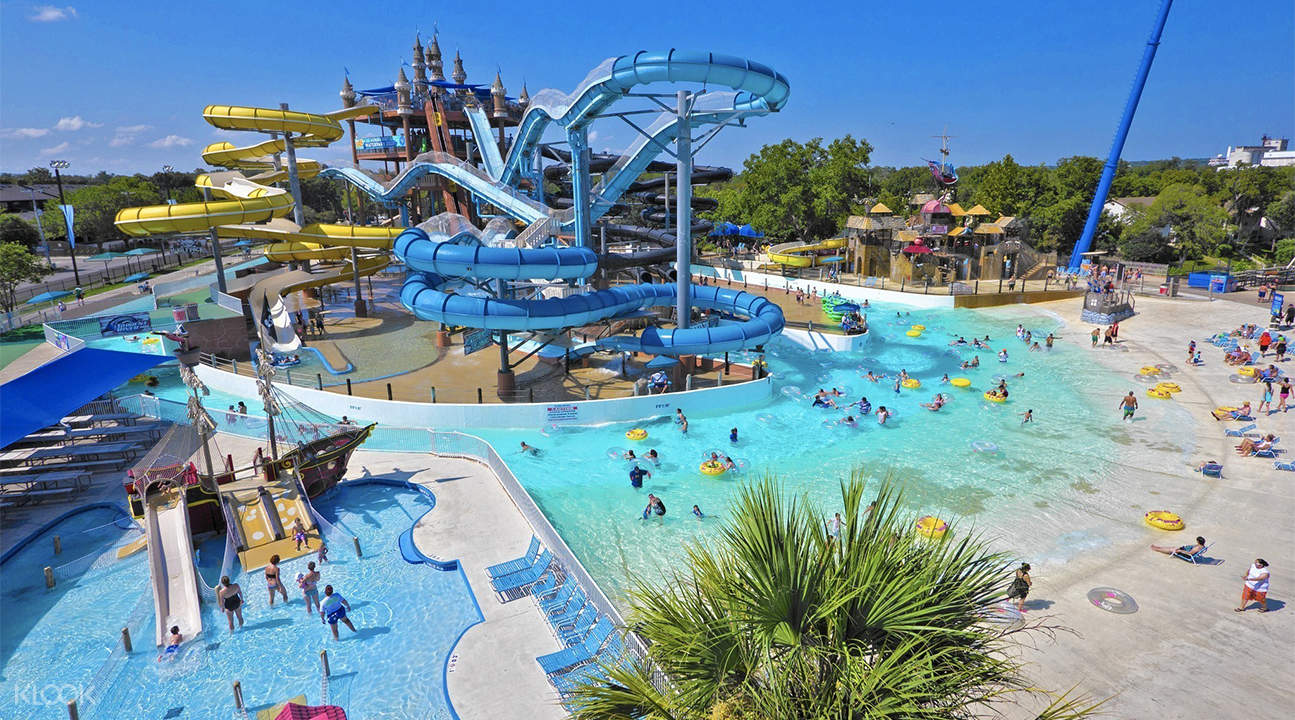USS Arizona Memorial - A Significant Piece Of World War II History
The USS Arizona Battleship
The USS Arizona is the final resting place for many of those who lost their lives on December 7, 1941 in Pearl Harbor. The 184-foot long Memorial structure spanning across from bow to stern consists three main sections: an entry and assembly room where visitors can pay respects or observe ceremonies as well as a central area designed specifically for ceremonies and general observation, and finally there's also Shrine Room, which features a marble wall bearing the names of those killed on the Arizona battleship.
Arizona sustained the major loss of all the Battleship Row vessels, with three near-misses and four direct hits from 800-kg bombs dropped by high-altitude Kates. The last bomb to hit her pierced her turret two-deck starboard and exploded inside a 14-inch powder magazine. The subsequent enormous explosion split the ship in half forward of turret one, crushed her forecastle decks, and produced a hole large enough for her forward turrets and conning tower to fall thirty feet into the ship's hull.
Walking through the history at Pearl Harbor Arizona Memorial
The USS Arizona Memorial, a unit of the National Park Service, can be found 45 minutes west from Waikiki on Pearl Harbor Navy Base. The popular destination has an educational centre that provides information about all things related to World War II for visitors who come here every year.
Travelers will have the remarkable and exceptional chance to discover one of the most significant and critical events in American history, which resulted in the United States' entry into World War II. The site, which is dedicated to preserving and honoring the individuals—as well as their personal stories—who fought in the Pacific War, comprehensively documents the time period spanning this pivotal era in United States history through rare memorabilia, photographs, documents, and other visuals and mixed media.
For those who would like to learn more about the events that took place on December 7, 1941, and how they affected American civilians as well as those in service. You will be able to see firsthand displays showcasing some of these artifacts from both war zones - weapons used during battle or personal items left behind after death, which illustrate what life was really like for soldiers. Also included are interesting and enlightening personal experiences of those fortunate people who survived the actual assault, surviving to share their survivor stories and pass on the truth personally of precisely what occurred that day.








